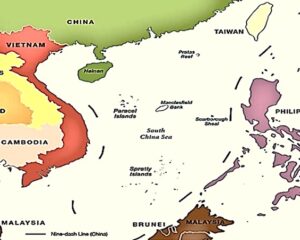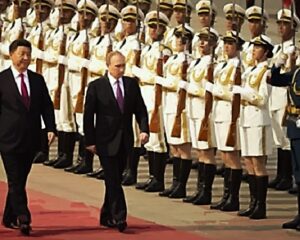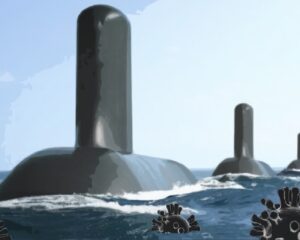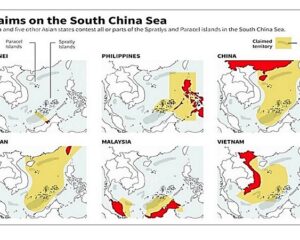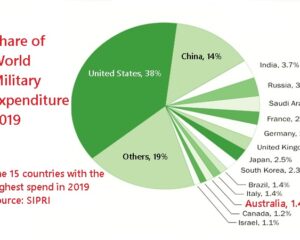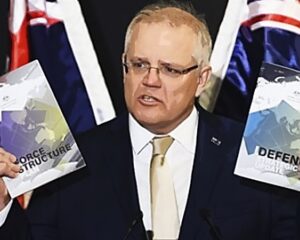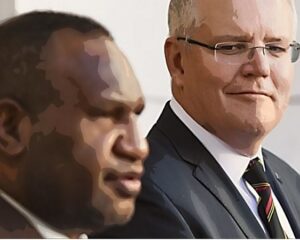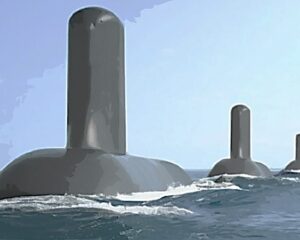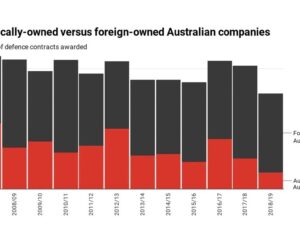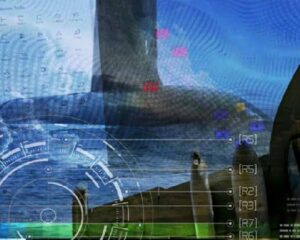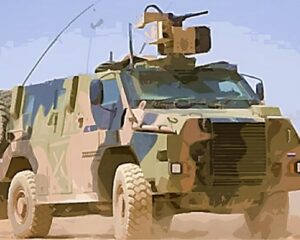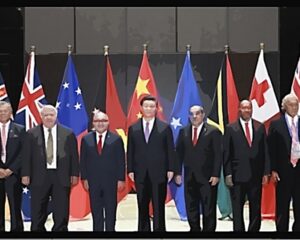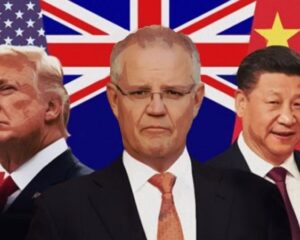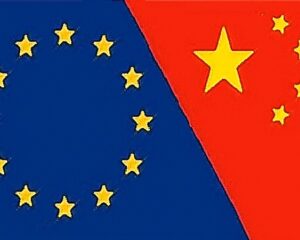Australia’s statement on the South China Sea in July 2020 was its strongest rejection yet of China’s claims to the waters. It did not represent a new position on the legal issues, but marked a fresh determination to confront China over the maritime disputes. The United States is also pressuring Australia to join its freedom of navigation exercises in the sea — a move likely to further anger China. As tensions in the South China Sea mount, it’s important to understand how this dispute began and what international law says about freedom of navigation and competing maritime claims in the waters.
Read more